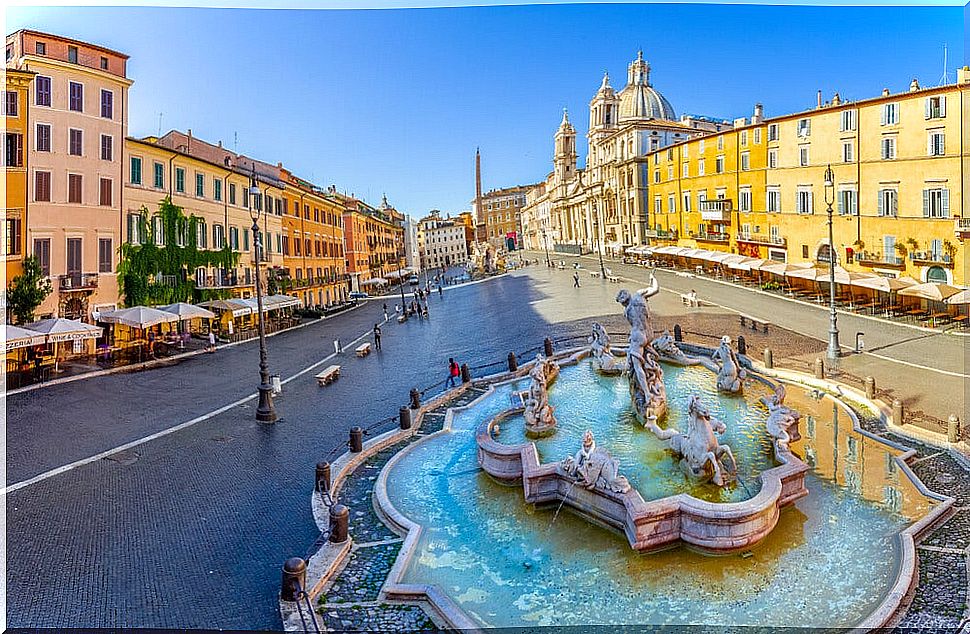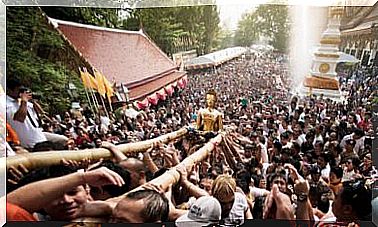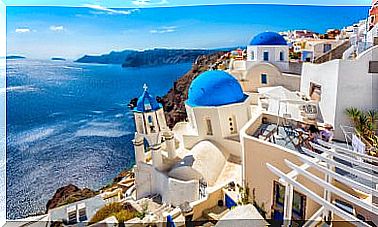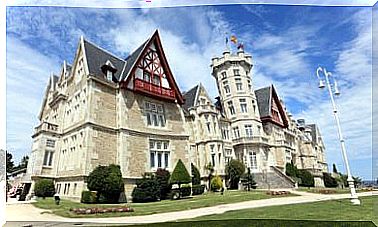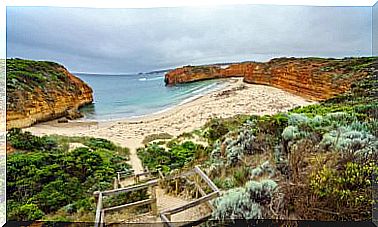Ara Pacis, One Of Rome’s Lesser Known Treasures
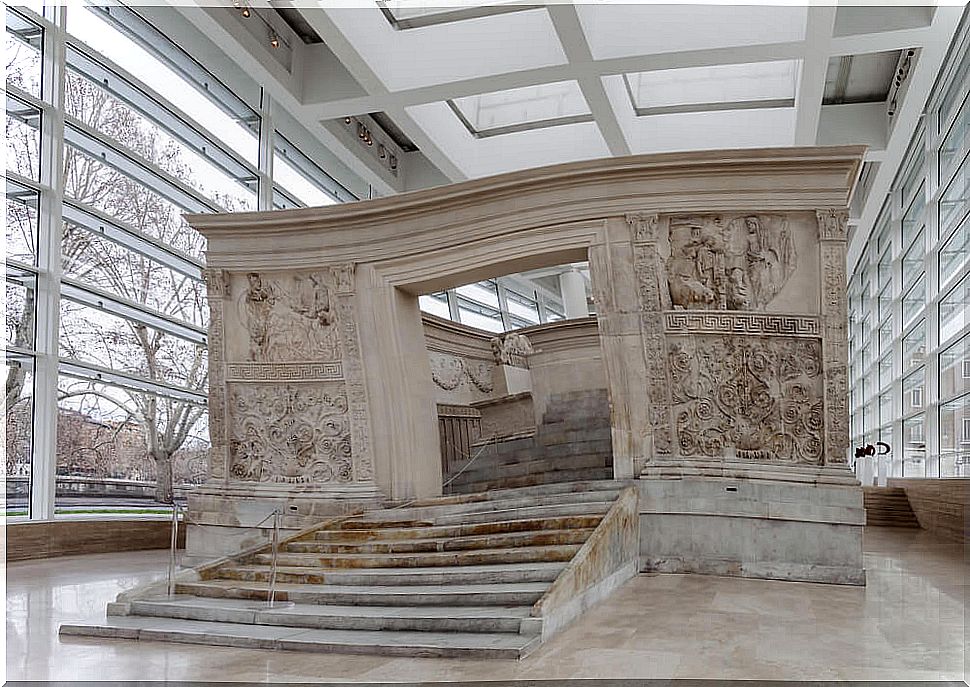
The Ara Pacis is one of the surprises that many visitors to Rome take, who discover this sculptural jewel from the imperial era without having heard of it before. And yet, everyone is shocked to see its artistic quality, learn its history and decipher its curious meaning.
The heritage of Ancient Rome
When we all think of taking a trip to Rome, the most famous places of that old imperial city come to mind. So we are eager to visit the Roman Forum, enter the Colosseum or marvel at the architecture of the Pantheon of Agrippa.
However, the Roman legacy goes much further, from walks along the Via Appia Antica to the gigantic Baths of Caracalla. And of course, we must also include in this category the discovery of the Ara Pacis.
The Ara Pacis of Augustus
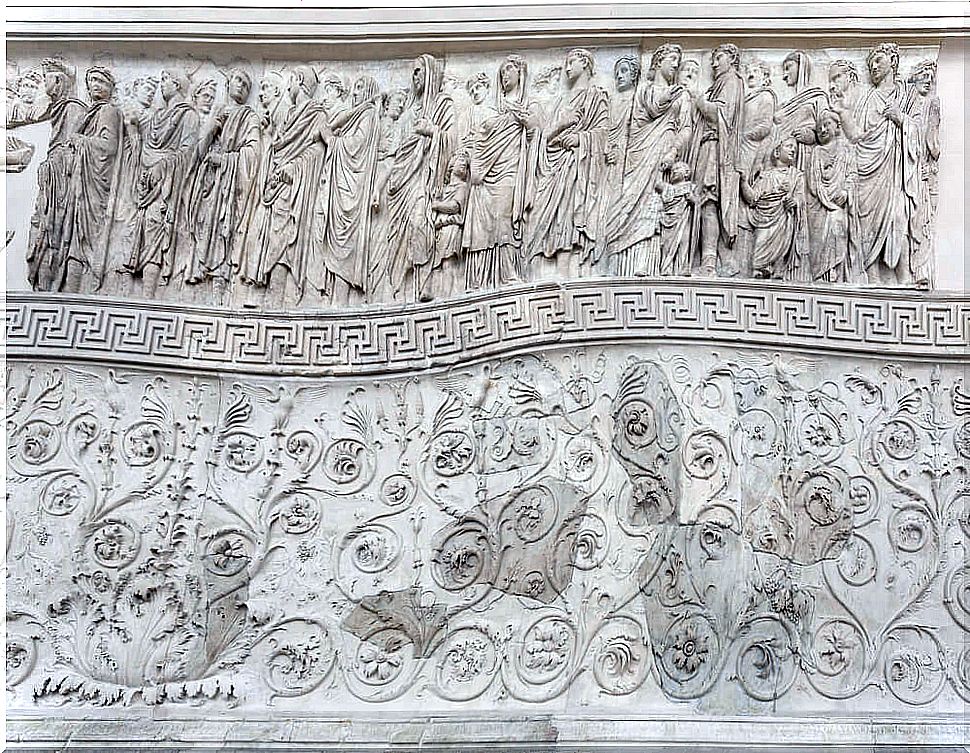
To get an idea of the value of this monument, suffice it to say that it is the only building from Roman times for which another construction has been erected as a protective envelope. This is due to its small size, the value of its reliefs and the place where it had been buried in the mud.
The Latin word ara means altar, while pacis translates to peace. Well, this ‘altar of peace’ was ordered to be built by Emperor Augustus after several years of military campaigns in Hispania and Gaul, where he had founded cities such as Mérida or Zaragoza in Spain and had fought for the lands of French Provence.
The sacrifices of the Ara Pacis
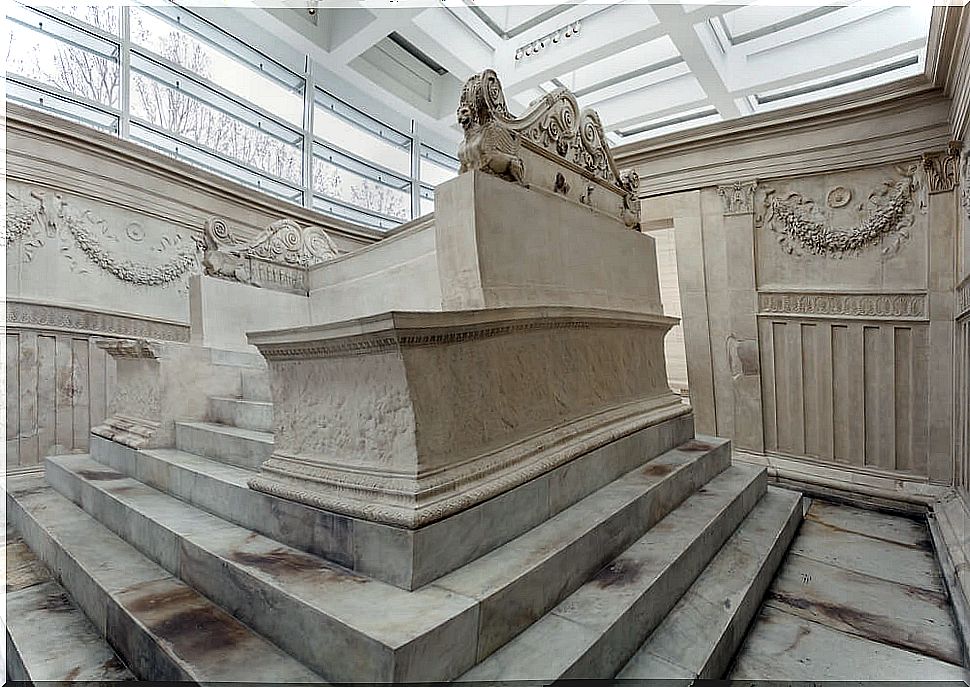
The emperor had this altar built at the end of the 1st century BC on the Champ de Mars to carry out sacrifices and offerings for peace. That is the explanation of its curious appearance with two stairways and two doors.
A marble building
This bloody ritual has little to do with the exquisite workmanship of this monument. It is made of Carrara marble, the most famous marble quarry in Tuscany and Italy. From it came the material for some of the best sculptures of all time, such as Michelangelo’s David. But already in Antiquity the quality of this marble was known, and that is why it was extracted for the Ara Pacis.
It was an uncovered building made up of four walls full of reliefs that allude, above all, to the history of Rome and to Augustus’s own family. By the way, the reliefs were originally painted, although now we see them in the raw color of the stone.
Its artistic value
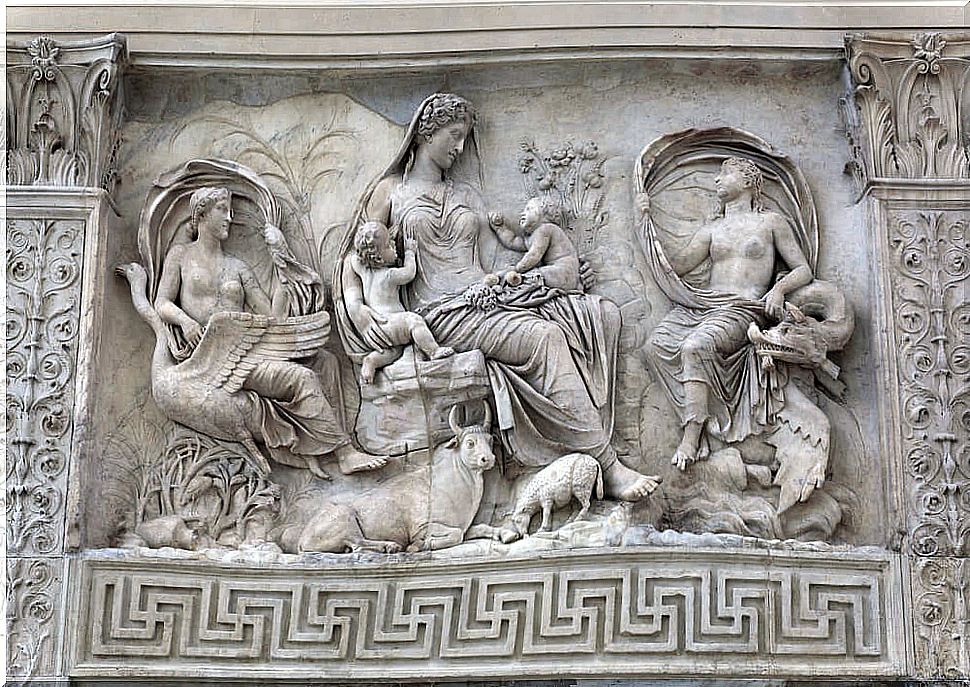
On the main façade, where the priest was placed, scenes related to the legend of Aeneas are recreated on one side and with Romulus and Remus on the other. That is, mention is made of the founding of Rome. Meanwhile, in the back would be the goddess Gaia representing the prosperity of the Empire, as well as another scene that has almost been lost.
However, perhaps the most valuable of the sculptural repertoire of the Ara Pacis are its external side walls. There is like a great parade of characters of the time, including Augustus himself. It is a wonderful portrait of that historical moment and its protagonists.
In addition to this, it is made with enormous artistic mastery. Such is the exquisiteness of the sculptor’s work that it has many times been compared to the marbles that Phidias made for the Parthenon in Athens.
In short, the Ara Pacis is a great jewel of antiquity. And yet, for centuries it remained missing and surrounded by mud. Until it was dug up and finally moved to its current location.
There, in addition, a modern building has been built as a large chest to safeguard this artistic treasure that dazzles everyone who knows it during a trip to the Eternal City. Don’t miss it on your next getaway to the capital of Italy!
